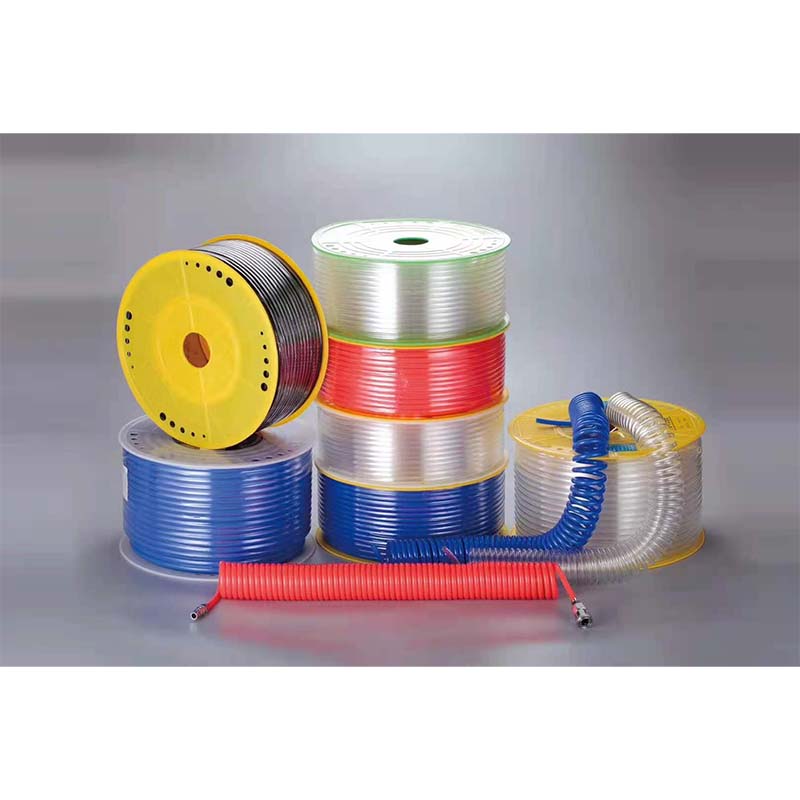Flexible Duct Solutions Utilizing Aluminium Foil for Optimal Airflow Performance and Durability
The Versatility and Advantages of Aluminium Foil Flexible Ducts
Aluminium foil flexible ducts are an essential component in various aspects of ventilation and ducting systems, widely recognized for their versatility and efficiency. These ducts, constructed from layers of aluminium foil, are designed to be highly flexible, allowing for easy installation and connection to a variety of systems. In this article, we will delve into the numerous benefits, applications, and considerations associated with aluminium foil flexible ducts.
What Are Aluminium Foil Flexible Ducts?
Aluminium foil flexible ducts are ducting solutions made primarily from lightweight aluminium foil material. They consist of multiple layers of aluminium bonded to a spiral wire to provide structural integrity and flexibility. Their design allows them to bend and twist around obstacles, making them ideal for use in tight or irregular spaces. Because of their lightweight construction, they can be installed without the need for heavy equipment, dramatically simplifying the overall installation process.
Applications of Aluminium Foil Flexible Ducts
Aluminium foil flexible ducts have a wide range of applications across numerous industries, including
1. HVAC Systems One of the primary uses of aluminium foil flexible ducts is in heating, ventilation, and air conditioning (HVAC) systems. They are utilized to transport heated or cooled air throughout residential and commercial buildings, ensuring a comfortable indoor environment.
2. Fume Extraction In industrial settings, these ducts are employed for fume extraction, helping to remove hazardous fumes and particulates from the air. Their resistance to corrosion and chemicals ensures safe and efficient operation in environments where harmful substances are present.
3. Kitchen Ventilation Aluminium foil ducts are also commonly used in kitchen ventilation systems. They efficiently redirect hot air, smoke, and cooking odors from stoves and ovens to outside, helping to maintain air quality and comfort in kitchens.
4. Dryer Venting These ducts play a crucial role in dryer venting applications. They effectively transport moist air outside, preventing moisture buildup that can lead to mold and damage to the home.
5. Greenhouses In agricultural applications, aluminium foil flexible ducts are used in greenhouses and farming operations to manage air circulation and maintain optimal temperatures for plant growth.
Advantages of Aluminium Foil Flexible Ducts
aluminium foil flexible duct

1. Flexibility One of the most significant advantages of aluminium foil ducting is its flexibility. This characteristic allows it to be routed around obstacles with ease, making it a favorable option for installations where space constraints exist.
2. Lightweight The lightweight nature of these ducts allows for easier handling and installation. It reduces the load on building structures, minimizing potential engineering concerns.
3. Corrosion Resistance Aluminium is naturally resistant to corrosion, which enhances the durability of these duct systems, particularly in environments where moisture or chemical exposure is a concern.
4. Thermal Insulation Aluminium foil flexible ducts provide good thermal insulation properties, helping to maintain the temperature of the air being transported, thereby increasing system efficiency.
5. Cost-Effective Compared to other ducting materials such as rigid metal ducts, aluminium foil flexible ducts are often more cost-effective while providing comparable performance.
6. Easy Maintenance These ducts are simple to clean and maintain, ensuring the continued efficiency of ventilation systems and reducing the long-term costs associated with maintenance.
Considerations for Use
While aluminium foil flexible ducts offer numerous advantages, there are a few considerations to keep in mind
- Fire Safety Although aluminium is not flammable, it is essential to ensure that the flexible duct system is installed according to local building codes to prevent any fire hazards.
- Air Leakage Proper sealing and installation are crucial to prevent air leaks, which can diminish system efficiency. Proper fittings and tape should be used during installation.
In conclusion, aluminium foil flexible ducts represent an advantageous option for various applications within HVAC, industrial, and agricultural settings. Their combination of flexibility, lightweight construction, and durability makes them an appealing choice for effective airflow management. As technology continues to evolve, the potential for innovative uses and improvements in aluminium foil flexible ducting systems remains promising, ensuring their relevance well into the future.
-
Welded Wire Mesh Panel: Durable, Versatile, and AffordableNewsJul.28,2025
-
Top Quality Oxy Acetylene Hoses for Sale Fit for Welding DemandsNewsJul.28,2025
-
The Future of Pneumatic Air Tubes in IndustryNewsJul.28,2025
-
Superior and Reliable LPG Hose Pipe Solutions for Every NeedNewsJul.28,2025
-
Exceptionally Durable and Versatile Premium Braided PVC TubingNewsJul.28,2025
-
Best Adapters for Connecting Garden Hose to PVC Pipe ConnectionsNewsJul.28,2025














